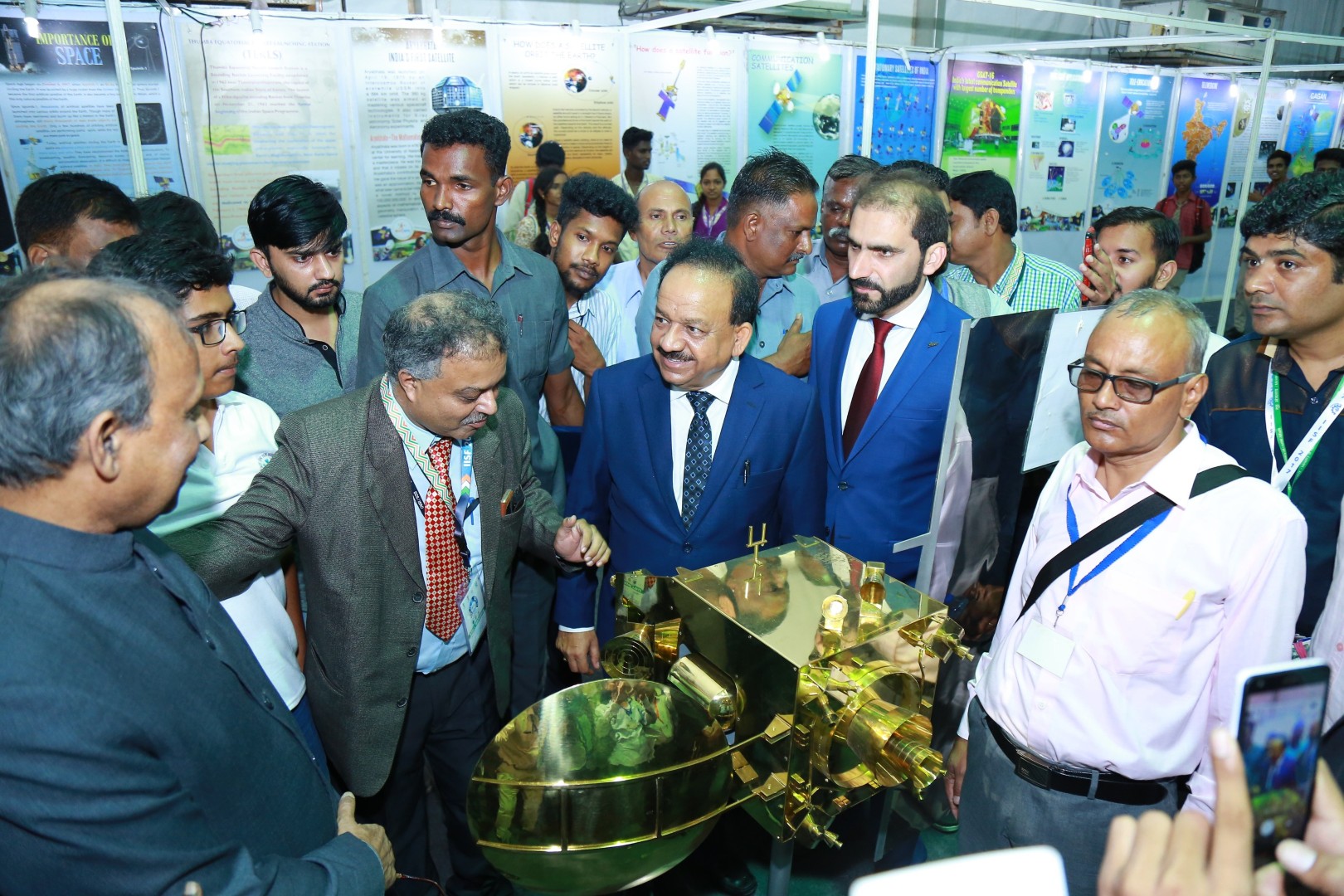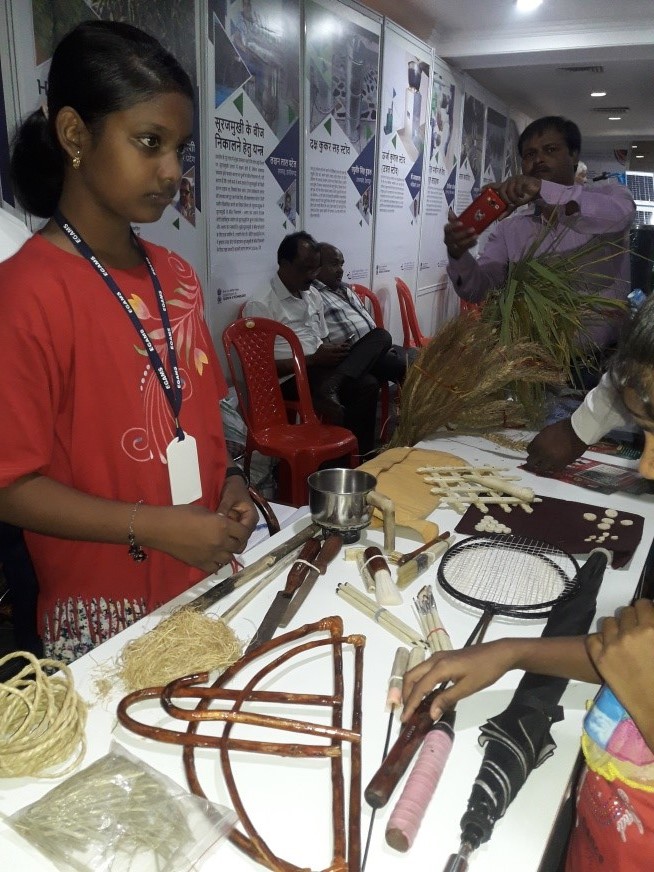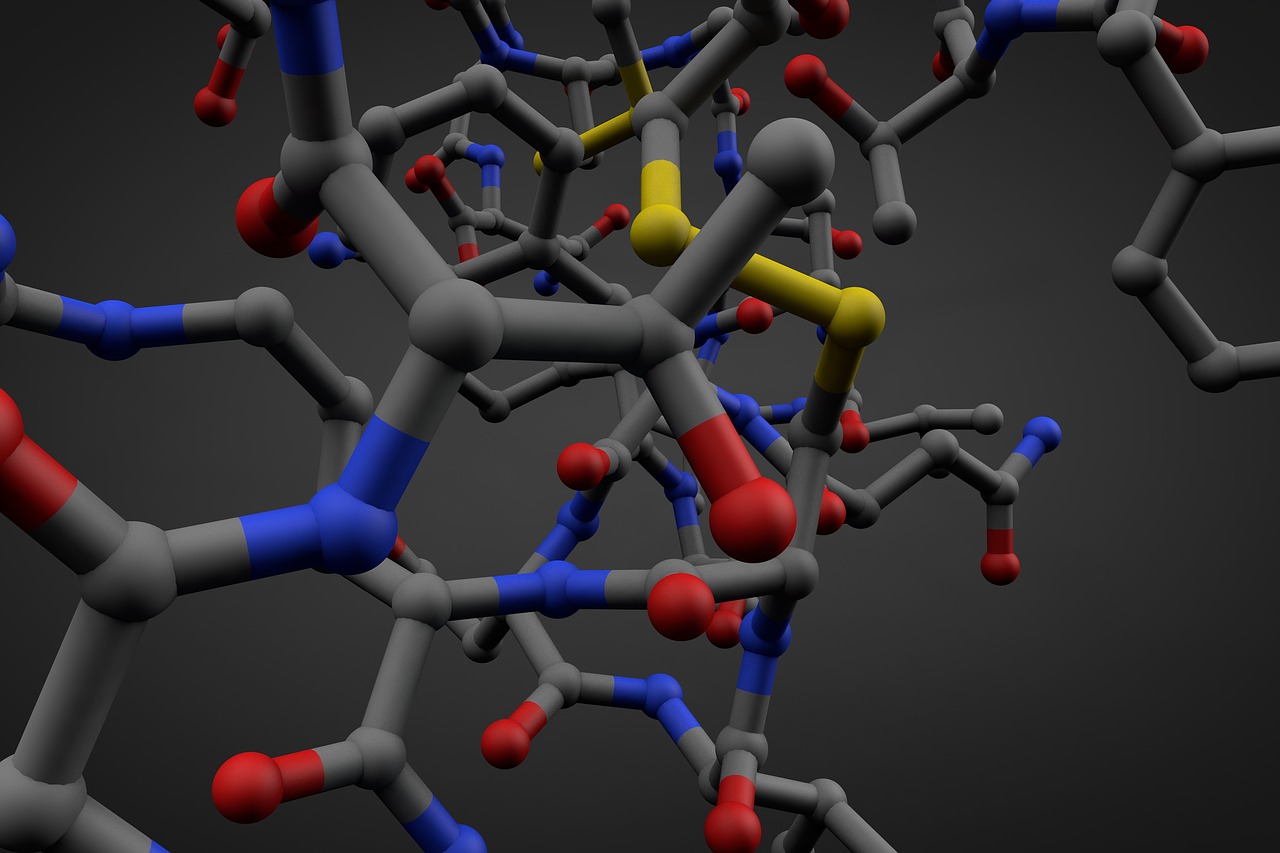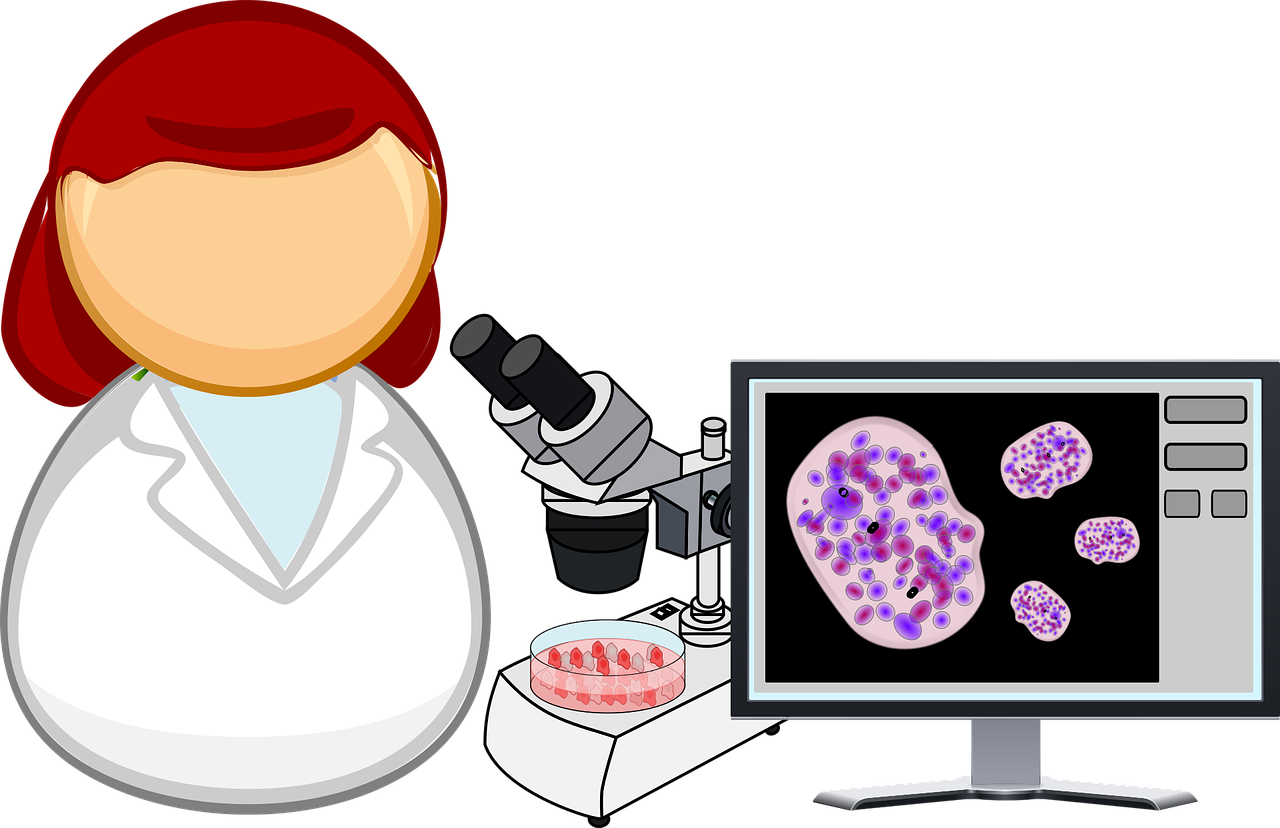
Innovative Products and Solutions on Display at IISF
- News
- 1.6K
A cost-effective, cloud-enabled device for diabetes care, an obstacle avoiding robot, a weed that can be used to make useful items and many more. These are some of the ideas and products on display at the Science and Technology for Harnessing Innovations (SATHI) exhibition which concludes at the fourth India International Science Festival (IISF) today.

The programme was aimed at providing a common platform for students, innovators, researchers, and policymakers engaged in innovation. Seminars and roundtable discussions on innovations, incubation, and entrepreneurship also held to encourage young aspirants to take innovations for start-ups.
Among the participants was a start-up named Skywalkers. It is an aero-modeling startup funded by the Delhi government. “Our objective is to improve practical skills of students by making them learn aerodynamics in simple language. We have made some very cost efficient aero models that would help them to learn the basics of aeromodelling,” said Jyoti Bakshi, founder member of Skywalkers.
Tactopus, an interactive audio-tactile learning tool was also exhibited. “We design inclusive educational resources for the needs of children with vision loss. The inclusive and multi-sensory nature of this tool provides an opportunity for children with different abilities to share experience on a level playing field,” said Garima.
Swarnim Electronics has made an automatic wash basin sensor that can help in saving water as well as stop spreading bacteria through wash basins especially at public places. While explaining the mechanism Dheeren, the innovator said, “there are wash basins that work on sensor technology but they are expensive and have a high maintenance cost.
They work on a photosensor mechanism while our product works on proximity sensors. As we bring our hands close to it the sensor will sense the hand and water would start flowing and would stop as we take our hands away.”
The innovative products attracted a huge crowd at the exhibition. “This is really thrilling to see that how people have made such innovative products. I really got inspired,” quipped Sabreena, a ninth standard student. She came to see the exhibition with her friend who was equally excited to see all the exhibits. “I can spend my whole day here observing these exhibits and getting ideas. Hopefully next year I would also come here with my exhibit,” said Amreen.
Over 60 exhibits based on innovative ideas were displayed. Among the participants were All India Council for Technical Education (AICTE), Biotechnology Industry Research Assistance Council (BIRAC) and schools having Atal Tinkering labs, informed Dr. Nitin Jain, coordinator and scientist with the Department of Biotechnology.
By Jyoti Singh
If you liked this article, then please subscribe to our YouTube Channel for the latest Science & Tech news. You can also find us on Twitter & Facebook.


